Summary
We will be presenting a simple framework or “toolkit” that can be used to align on the “minimum viable participants” for inclusive research when under pressure. Intentional user research often gets classified into two categories. One aims to recruit users based on specific, constraint, or viability-driven criteria, e.g., who is most likely to be an early adopter, most likely to engage, or most likely to find value. This type of research is often seen as “fast,” “focused,” and “targeted,” but may overlook meaningful nuance. The other focuses on diversity, equity, inclusion (DEI), examining historical frameworks, and patterns of exclusion or injustice, and is viewed as “ethical,” “inclusive,” and “deep” but can also be cumbersome for teams under time or resource pressure. However, fast and inclusive research are not mutually exclusive. Contrary to the popular belief that building DEI principles into user research slows us down or is just a “nice to have,” we propose instead, that it can accelerate insights by efficiently identifying the highest risk use cases and revealing beneficial design for all.
Key Insights
-
•
Inclusive research is not inherently fast and must be approached with ethical caution and reflection on bias.
-
•
Default assumptions in design often invisibly disadvantage marginalized groups, such as women or people of color.
-
•
Highly educated professionals still revert to defaults under pressure, highlighting the persistence of bias.
-
•
A frame is a cognitive structure that shapes what we see and how we interpret research, and underdeveloped frames lead to bias.
-
•
Structured self-reflection on positionality, marginalization, and intersectionality is crucial before conducting research.
-
•
Iterative framing and team reflection help identify which marginalized perspectives are missing and how to include them.
-
•
Including diverse stakeholders early, especially at problem framing, improves research relevance and ethical representation.
-
•
Designing for marginalized intersections often yields insights that improve experiences for the entire population.
-
•
Industry pressure for speed and minimal resources often conflicts with intentional, inclusive research practices.
-
•
Creating deliberate space for reflection, listening, and shifting power within teams fosters more inclusive outcomes.
Notable Quotes
"The title of the talk is a misnomer: this work isn't actually that fast and shouldn't be done without fear of consequences."
"The town of Carlsgo wasn't consciously disadvantaging women, they were just following a best practice that ignored different experiences."
"Women are 70% more likely to walk or use public transit, combining trips that are much harder with snow than driving a car."
"We design from our own lens and intentions but repeatedly create harmful consequences for marginalized groups."
"Highly trained professionals still default to a presumed 'standard' under pressure, revealing how bias persists."
"A frame is extremely hard to dislodge from our brains once triggered, so we have to build inclusive frames deliberately."
"You want to set a learning tone for your team and give space for emotional reactions and reflection."
"We need to reckon with how the lenses of the research team differ from those of the participants to avoid colonialist extraction."
"Findings from marginalized groups aren’t just relevant to them but often improve the experience for many more people."
"Frames are not static; they are tools for continuous discovery, reflection, and change."
Or choose a question:


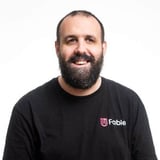
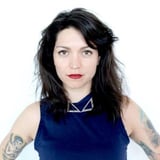

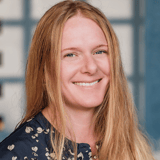
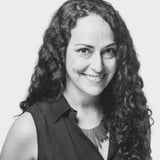

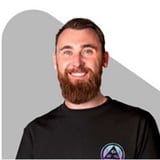



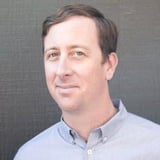


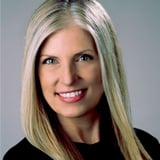
More Videos

"Research operations is the spine of any successful research and insights group."
Nalini KotamrajuResearch After UX
March 25, 2024

"Don't be a pot plant, be a crab."
Dean BroadleyNot Black Enough to be White
January 8, 2024

"When we start changing our behavior, we start changing the voices and behavior around us."
Denise Jacobs Nancy Douyon Renee Reid Lisa WelchmanInteractive Keynote: Social Change by Design
January 8, 2024

"Our first problem statement was too big, so we refined it to something more doable and actionable."
Kim Fellman CohenMeasuring the Designer Experience
October 23, 2019

"Design helps build capital and seek comfort, which draws in the most powerful."
George AyeThat Quiet Little Voice: When Design and Ethics Collide
November 16, 2022

"Visual style isn’t just enough to make something feel cohesive."
Nathan CurtisBeyond the Toolkit: Spreading a System Across People & Products
June 9, 2016

"Our researchers talk regularly to the CEO and are closely involved in product decisions, making research highly impactful here."
Greg PetroffThe Compass Mission
March 10, 2021

"Remote research methods can cast a wider net, but some briefs still require on-the-ground presence."
Chloe Amos-EdkinsA Cultural Approach: Research in the Context of Glocalisation
March 27, 2023

"We are not collecting vanity analytics, the data is doing real work on informing design."
Mackenzie Cockram Sara Branco Cunha Ian FranklinIntegrating Qualitative and Quantitative Research from Discovery to Live
December 16, 2022
















